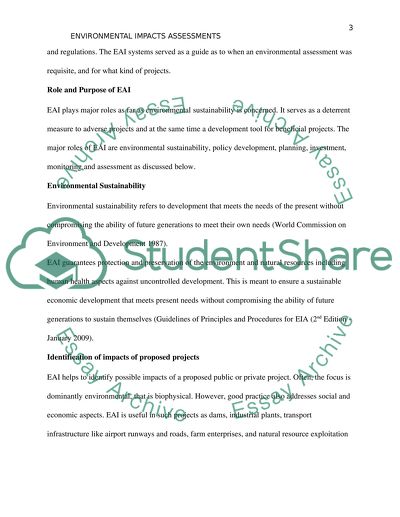Cite this document
(“Environmental Sustainability in the Construction Sector Term Paper”, n.d.)
Environmental Sustainability in the Construction Sector Term Paper. Retrieved from https://studentshare.org/environmental-studies/1620556-environmental-sustainability-in-the-construction-sector
Environmental Sustainability in the Construction Sector Term Paper. Retrieved from https://studentshare.org/environmental-studies/1620556-environmental-sustainability-in-the-construction-sector
(Environmental Sustainability in the Construction Sector Term Paper)
Environmental Sustainability in the Construction Sector Term Paper. https://studentshare.org/environmental-studies/1620556-environmental-sustainability-in-the-construction-sector.
Environmental Sustainability in the Construction Sector Term Paper. https://studentshare.org/environmental-studies/1620556-environmental-sustainability-in-the-construction-sector.
“Environmental Sustainability in the Construction Sector Term Paper”, n.d. https://studentshare.org/environmental-studies/1620556-environmental-sustainability-in-the-construction-sector.


